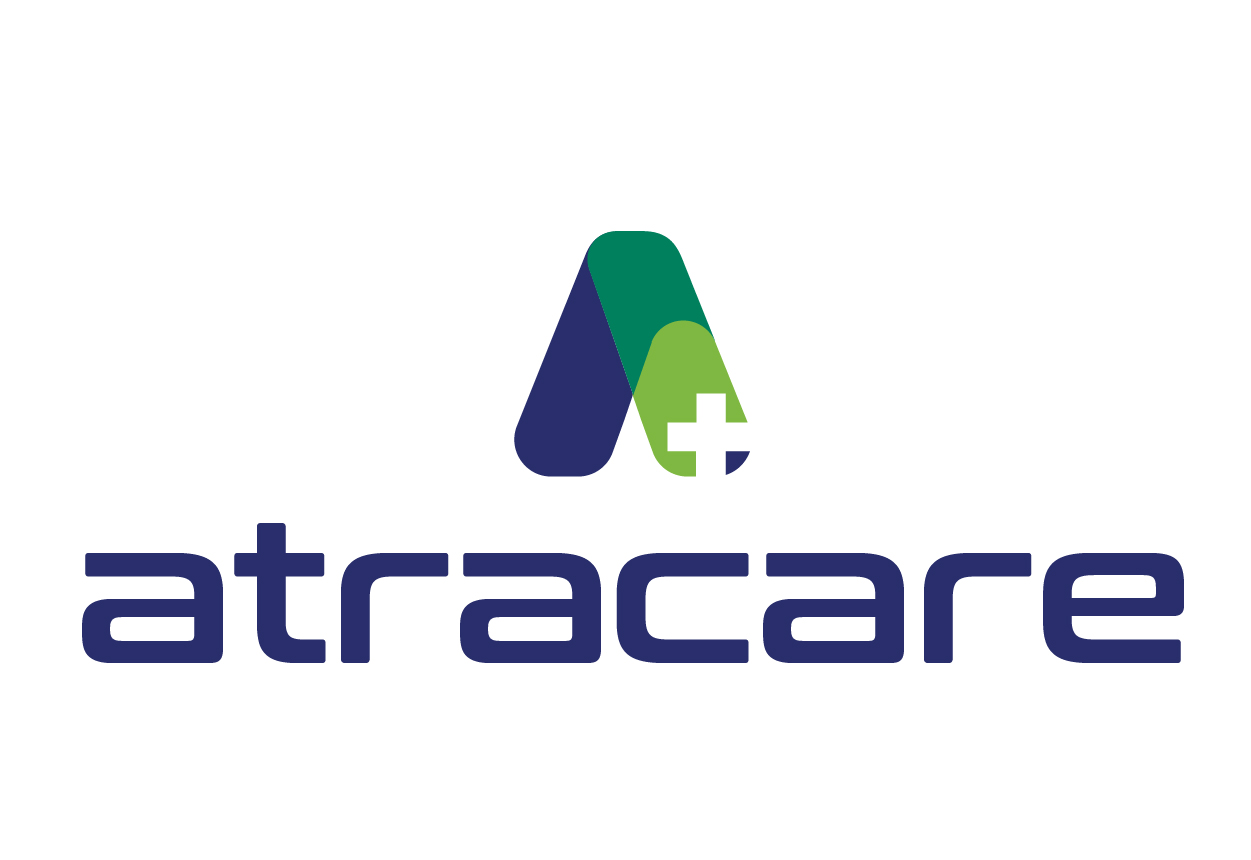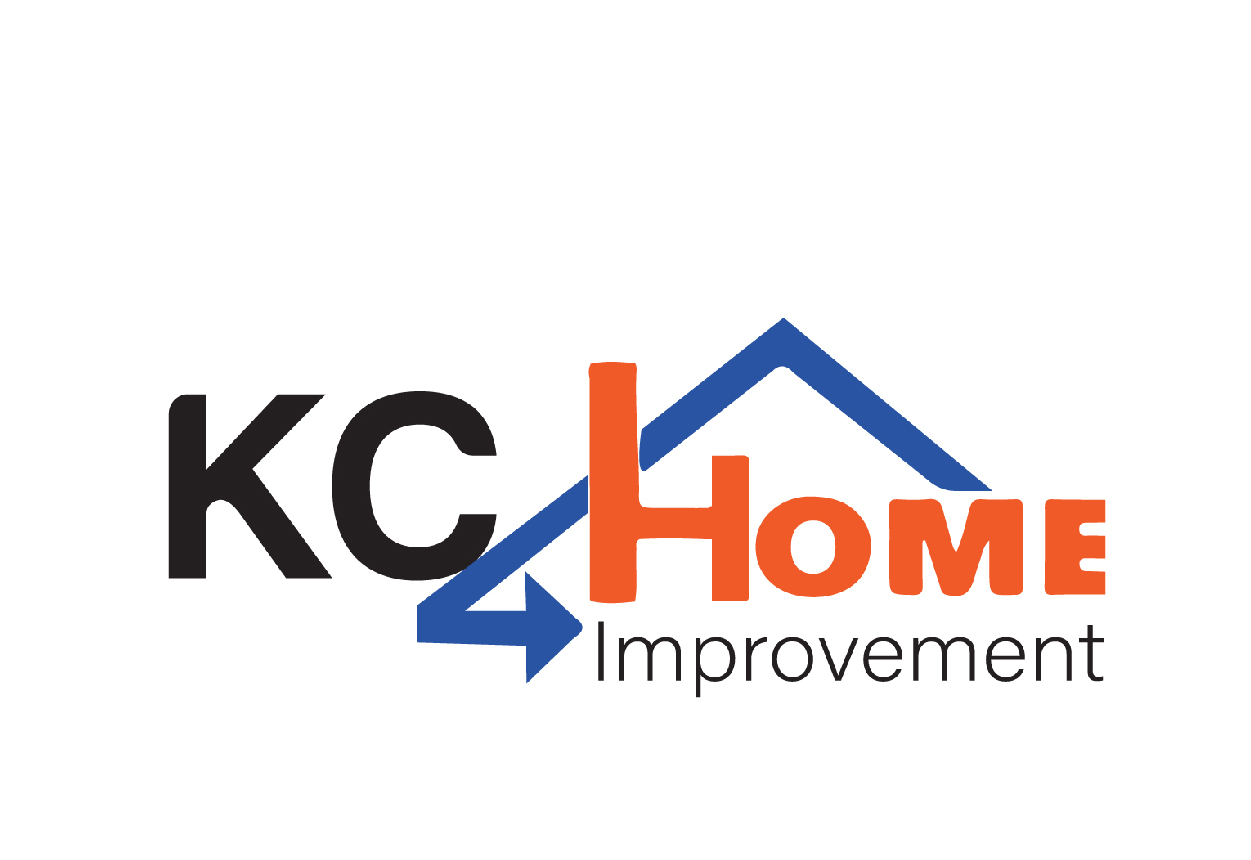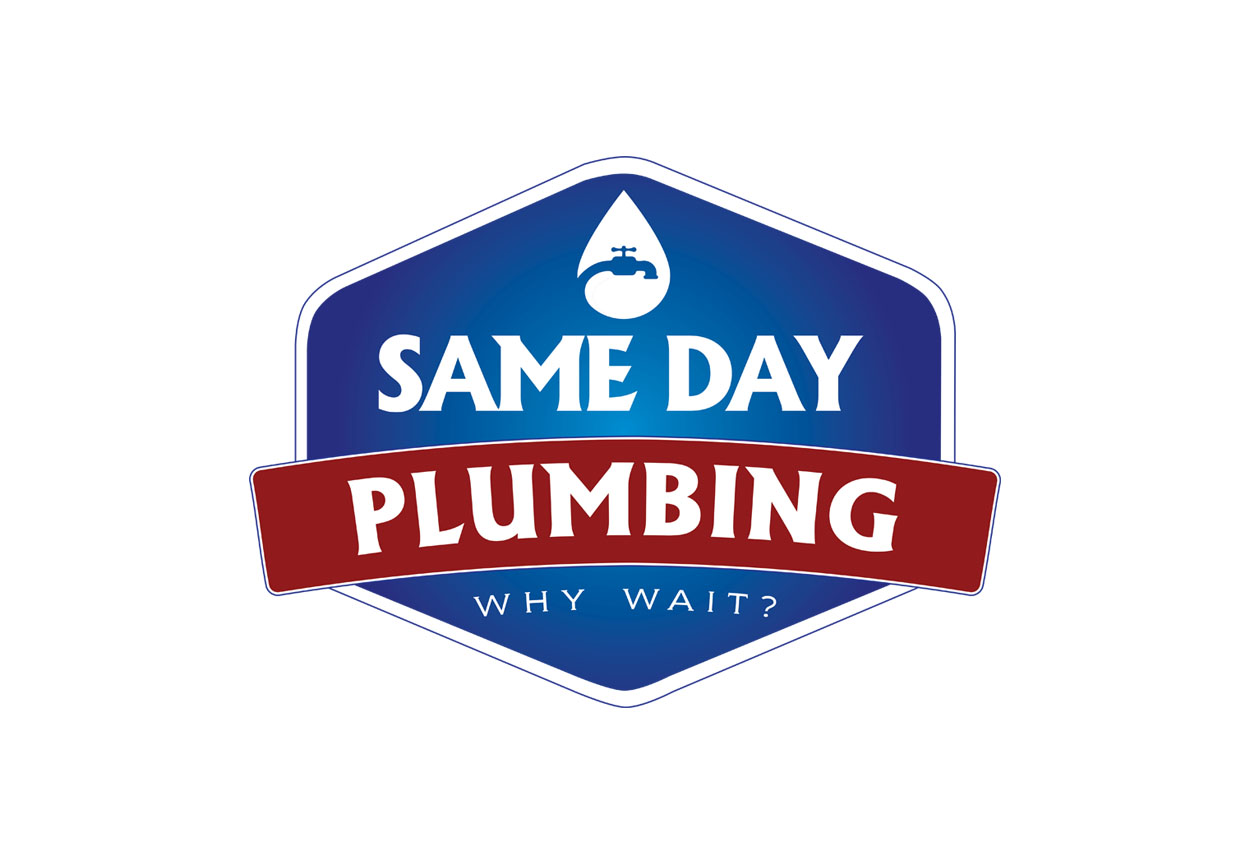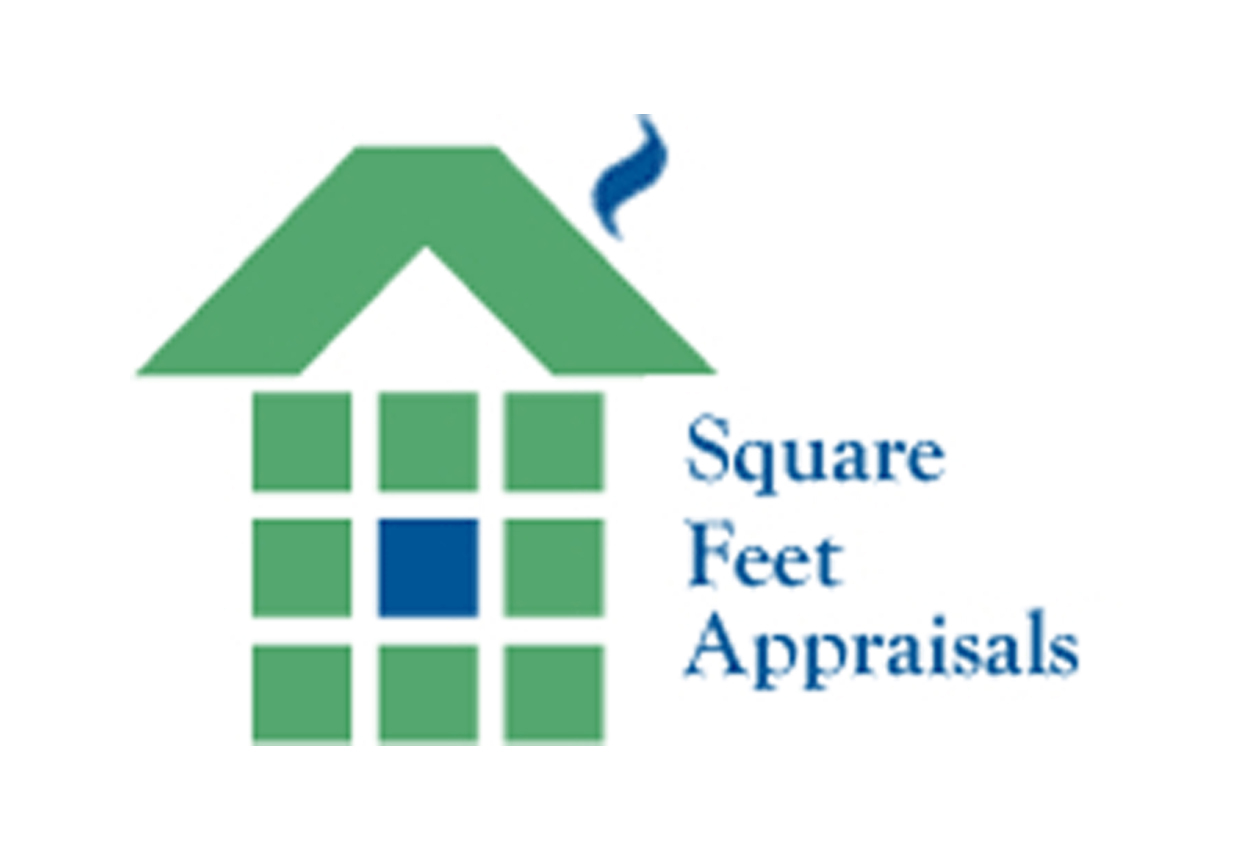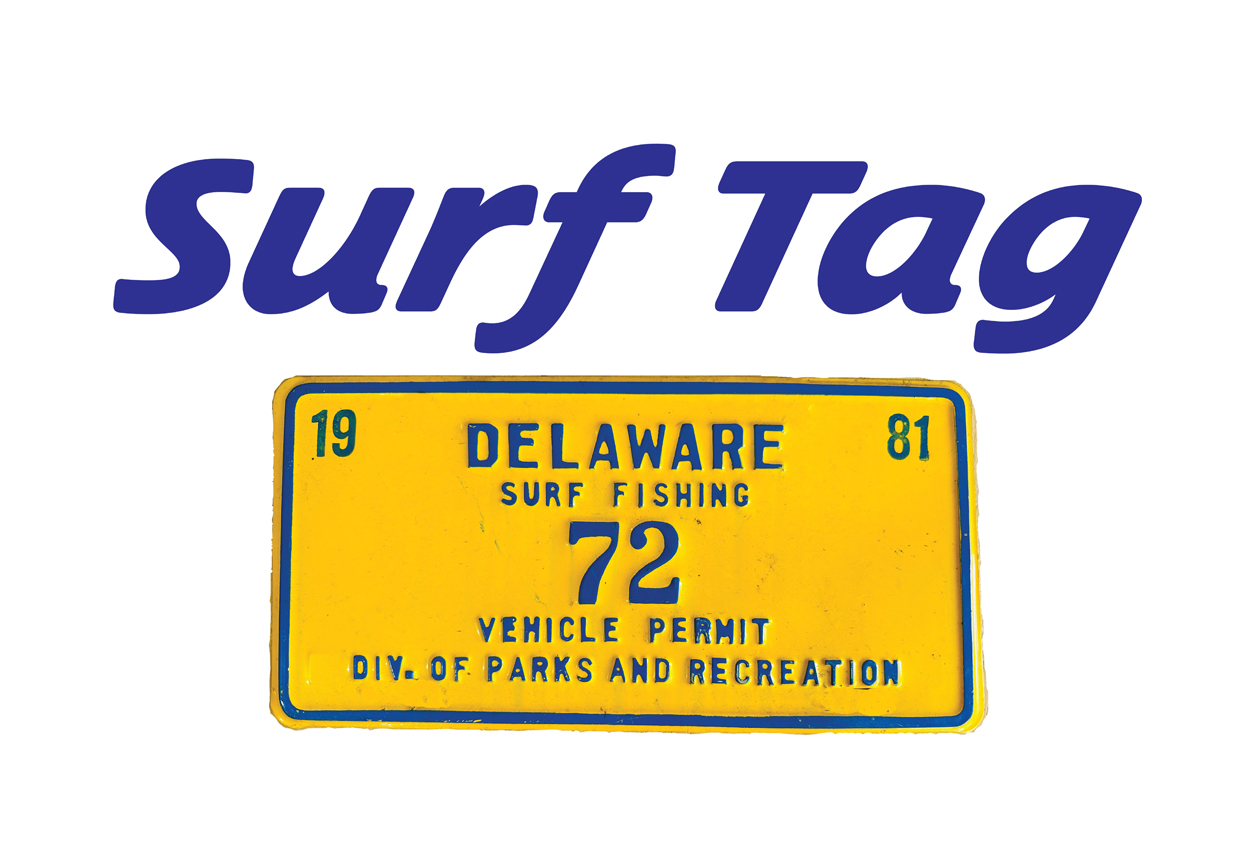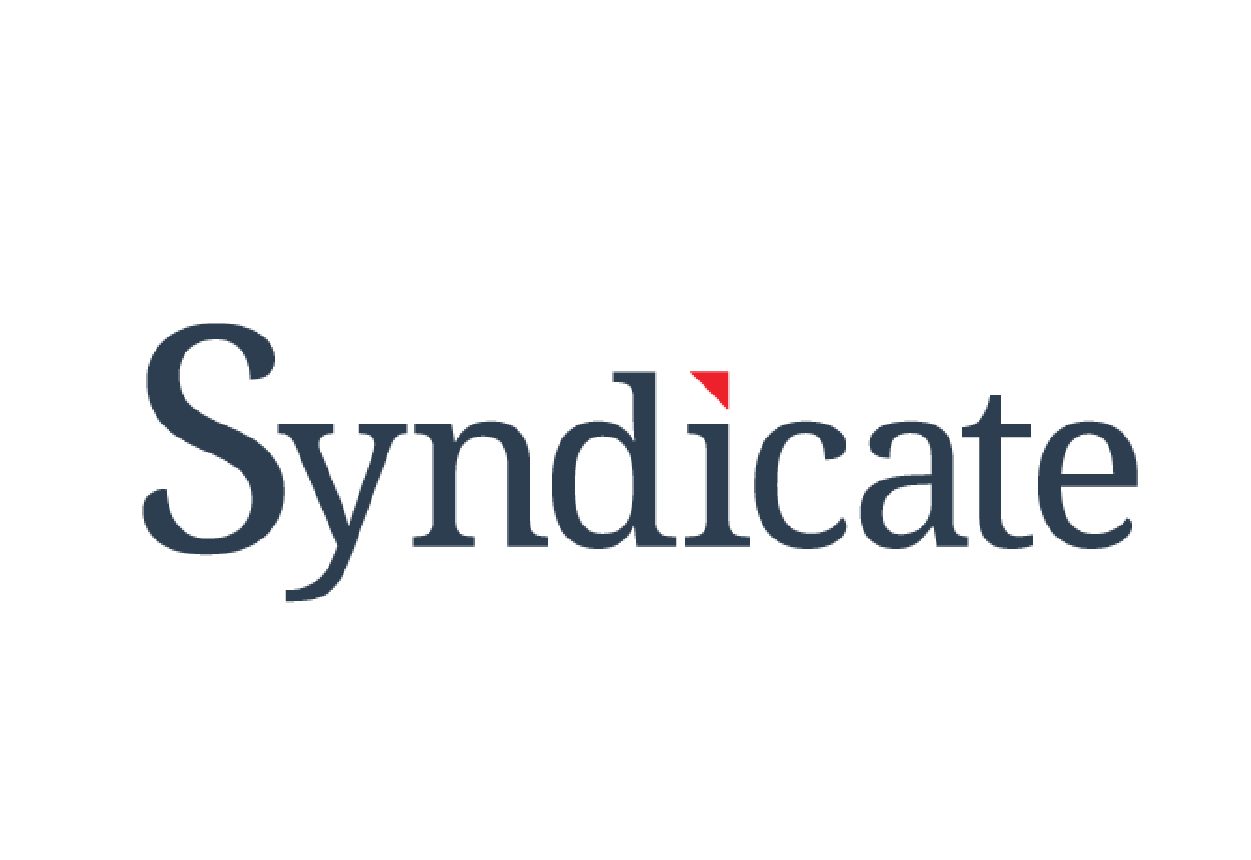Understanding Tax Shelters: A Guide for Delaware Residents
As you navigate Delaware’s favorable tax landscape, it’s essential to understand tax shelters and how they can further minimize your tax liabilities.
What Is a Tax Shelter?
A tax shelter is a legal vehicle used by individuals or organizations to minimize or decrease their taxable incomes and, consequently, their tax liabilities. They can range from investments providing favorable tax treatment to activities or transactions that lower taxable income through deductions or credits. Common examples include employer-sponsored 401(k) retirement plans and municipal bonds.
Key Takeaways:
- Legality: Tax shelters are legitimate strategies for reducing taxable income and should not be confused with illegal tax evasion.
- Permanent vs. Temporary: Tax shelters may either permanently reduce the amount of tax owed or defer it to a future period.
Types of Tax Shelters
- Retirement Accounts
Tax shelters are legally available through investment and retirement accounts. Contributions to 401(k), 403(b), or Individual Retirement Accounts (IRAs) are not taxable until withdrawn, allowing earnings to grow tax-deferred. - Municipal Bonds
Investing in municipal bonds can serve as a tax shelter, as interest income generated is often exempt from federal income taxes and may also be exempt from state and local taxes. - Real Estate
The real estate market in Delaware provides opportunities for tax sheltering, including depreciation deductions and 1031 exchanges, allowing deferral of capital gains taxes.
Tax Shelter Strategies
Tax shelters can be used in two primary ways:
- Tax Minimization: Strategies to lower taxable income and reduce tax liabilities.
- Tax Deferral: Delaying tax payments to a future date, allowing for investment growth without immediate tax implications.
Financial Benefits of Conservation Easements - Conservation easements not only provide personal satisfaction and peace of mind by preserving property for future generations but also offer potential financial advantages for landowners who choose to donate one. These benefits can include a federal tax deduction, an estate tax reduction, and state-specific property tax credits. It’s highly recommended that landowners consult a tax professional to understand the financial implications of conservation easements fully.
-
Federal Tax Deduction
- The “Enhanced Easement Incentive,” made permanent in 2015, allows conservation easement donors to deduct up to 50% of their adjusted gross income when they voluntarily donate an easement. For qualifying farmers, this deduction can be as high as 100% of their adjusted gross income. Additionally, donors can carry over unused deductions for up to 15 years.
- Example:
Consider Jane, who owns a vacant 100-acre parcel that could be divided into 20 five-acre residential lots. The property’s current fair market value is $400,000. By placing a conservation easement on her land, limiting development to just two homes, the property is appraised at $250,000. The value of the easement is determined by the difference in market value before and after the easement: - $400,000−$250,000=$150,000\$400,000 – \$250,000 = \$150,000$400,000−$250,000=$150,000
- This $150,000 value can then be used to reduce Jane’s federal income and estate taxes.
-
New York State Conservation Easement Tax Credit
- Landowners in New York with a conservation easement may be eligible for a credit against their state income tax, up to 25% of school, county, and municipal real estate taxes, capped at $5,000 per taxpayer per year for undeveloped land. Importantly, this tax credit does not diminish local property tax revenues, ensuring that town and county budgets remain unaffected.
-
Estate Planning
- Effective estate planning is crucial, as estate taxes can compel landowners to sell portions of their property to cover tax obligations. A conservation easement can significantly reduce the appraised value of the property, which is subject to estate taxes. Moreover, landowners may exclude 40% of the appraised value from their taxable estate, up to a maximum of $500,000.
Conclusion
Understanding and leveraging tax shelters can be a valuable strategy for Delaware residents looking to minimize their tax liabilities. Whether through retirement accounts, municipal bonds, real estate investments, or conservation easements, each option offers distinct benefits and potential savings. Consulting with a tax professional ensures that you maximize these advantages while staying compliant with tax laws, allowing you to protect and grow your wealth effectively.








